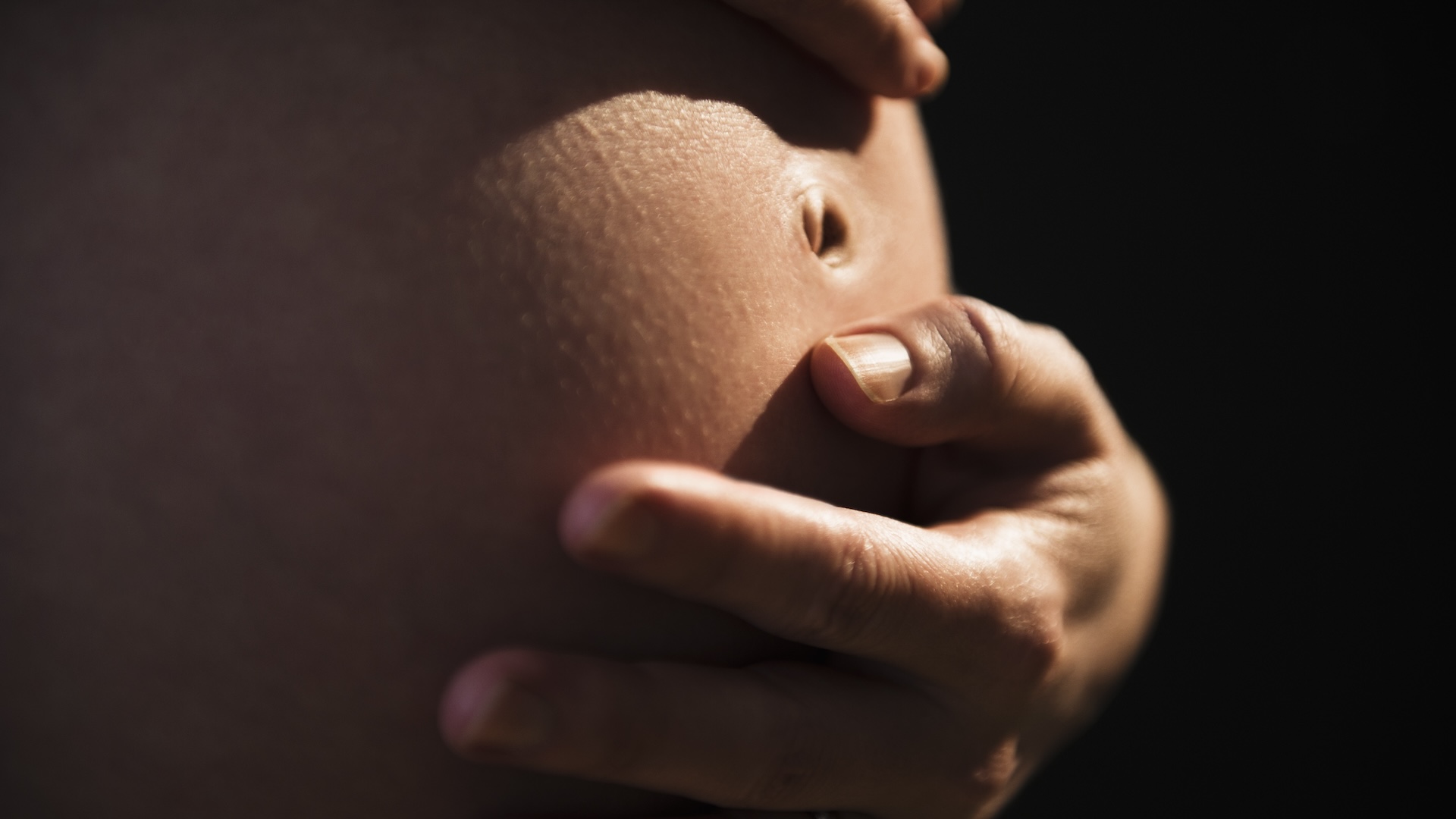When you buy through links on our site , we may realize an affiliate commission . Here ’s how it works .
A man whose gunfire wound created a windowpane into his belly enabled scientists to understand digestion .
But the patient , a fur trapper named Alexis St. Martin , also transformed how physiologists consider the consistence , young enquiry suggests .

Despite a gory gunshot wound to the stomach, Alexis St. Martin went on to have a long, healthy life. Here, St. Martin, looking “superb” at 81.
People " realize this was a radical approach path to doing physiology and medicine . You collect data on the clinical patient and then come to your conclusions , " said study co - author Richard Rogers , a neuroscientist at the Pennington Biomedical Research Institute in Baton Rouge , La.
Prior to that , Doctor typically decided what was amiss with a affected role or how a bodily routine form — often based on1,600 - year old medical ideasof Galen — before ever setting optic on them , Rogers say . [ Image Gallery : The BioDigital Human Body ]
The finding were exhibit Tuesday ( April 23 ) at the Experimental Biology 2013 conference in Boston , Mass.

Gory injury
Physiologist William Beaumont , an army medico , was stationed in Fort Mackinac in Mackinac Island , Mich. , on June 6 , 1822 , when a fur trapper ’s gun discharged and unintentionally shot 19 - year - old trapper Alexis St. Martin in the stomach .
Thewound was goryand St. Martin was n’t expected to live out the dark .

" He had lung hanging out of his injury , " Rogers recite LiveScience .
Yet amazingly , Beaumont perform severalantiseptic- and anesthesia - free surgerieson St. Martin over several months , and St. Martin eventually recovered .
windowpane into digestion

St. Martin became fed up with surgery and was left with a fistulous withers , a muddle in his stomach through the abdominal rampart , which left it undefended to view . ( The strong stomach Zen essentially disinfect the injury from the interior out , ready it safe to not sew it up . )
Because St. Martin could n’t shape as a fur trapper anymore , Beaumont hired him as jack of all trades . The everyday job of cleaning the fistula give Beaumont an approximation : perhaps he could watch theprocess of digestionat work .
So for the next several years , Beaumont show everything that went into St. Martin ’s abdomen , then painstakingly identify what went on inside . He also took samples of stomachic secretions and sent them to chemists of the day for depth psychology — an unheard of task at the time .

His accurate observations head him to resolve that the tum ’s potent hydrochloric window pane , along with a footling crusade , played fundamental roles in digestion , rather than the belly drudge food up as some physiologist of the day believed .
" He was the first one to observe digestive processes blend on in real sentence , " Rogers said .
He was also the first to acknowledge that St. Martin ’s digestion slow down when he was feverish , making the first link between digestive unconscious process and disease , Rogers said .

radical approach
The finding pave the agency for modern physiology , where observations guided conclusion , not vice versa , Rogers say .
The subject also ushered in some of the first controlledanimal experimentsby physiologists who realized they could make truehearted headway by execute fistula surgical process in beast .

For case , Beaumont ’s experiments inspired the illustrious Russian physiologist Ivan Pavlov to conduct fistulous withers operation in hound . It was this window into digestion that spurred Pavlov to make his famous conclusions that classical conditioning could goad dogs to salivate on clue , Rogers said .
St. Martin , meanwhile , lived to the ripe old years of 83 , break back to pelt trapping for a while and finally becoming a Fannie Farmer .
" This guy rope was in brilliant condition , " Rogers enunciate .











